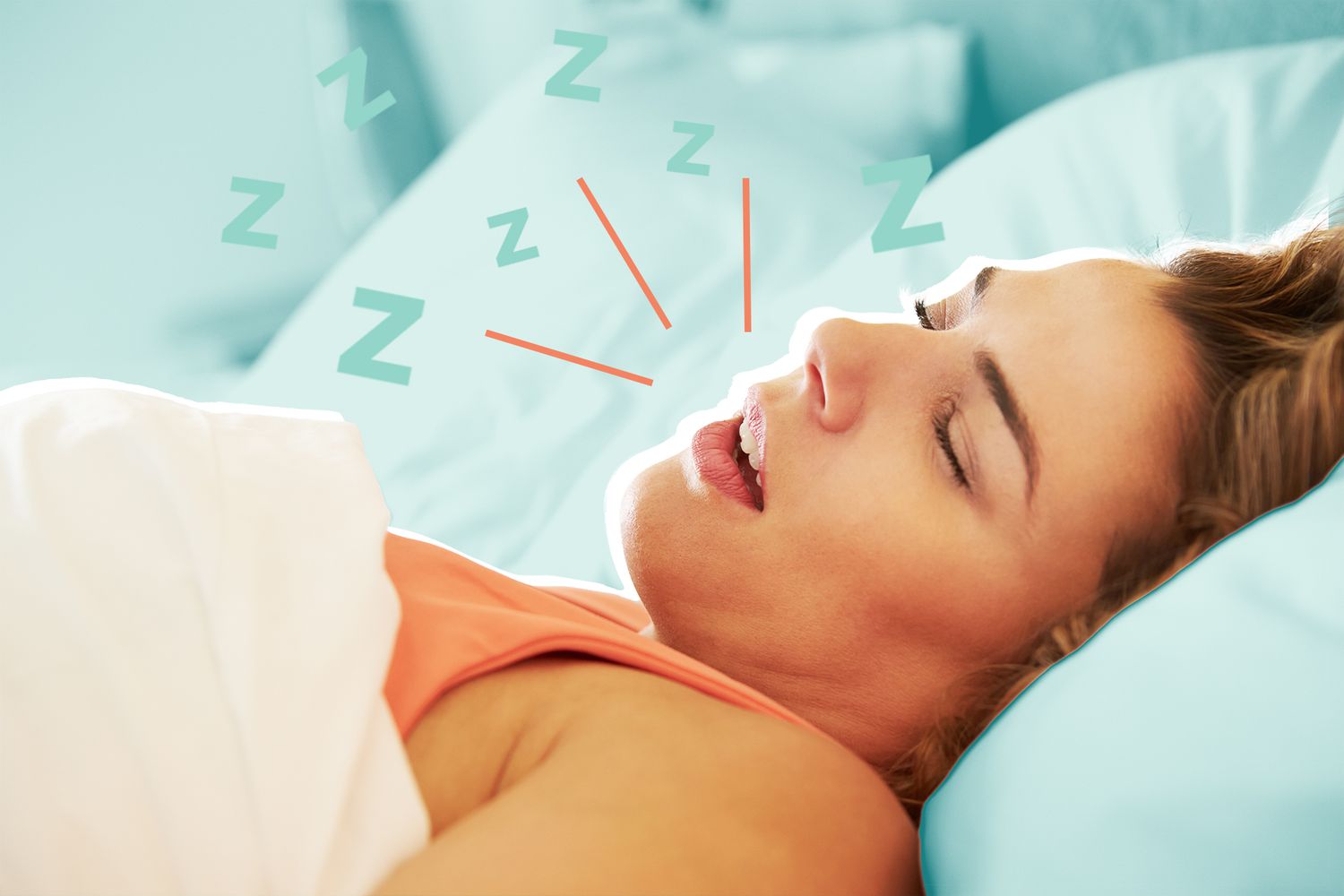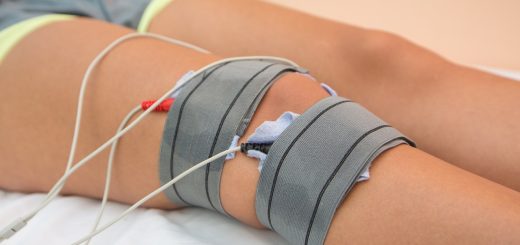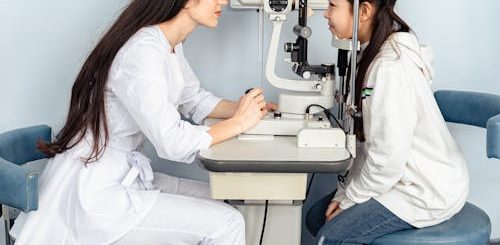Unveiling the Mechanics: How Anti-Snoring Devices Tackle the Nighttime Symphony
Snoring, the nocturnal symphony that disrupts the tranquility of sleep, is a common concern for both the snorer and their sleep partner. As the search for effective solutions continues, anti-snoring devices have emerged as popular remedies. In this article, we will explore the mechanics behind these devices, shedding light on how they work to bring harmony back to the bedroom.
The Symphony of Snoring
Before we delve into the intricacies of anti-snoring devices, it’s essential to understand why snoring occurs in the first place. Snoring is the result of turbulent airflow that causes the tissues in the throat to vibrate during sleep. This turbulence can be attributed to various factors, including:
- Relaxed Throat Muscles: When we sleep, the muscles in our throat and tongue relax, narrowing the airway.
- Nasal Congestion: Blocked nasal passages can force breathing through the mouth, contributing to snoring.
- Sleep Position: Sleeping on your back can lead to the relaxation of throat tissues, promoting snoring.
- Obstructive Sleep Apnea (OSA): In some cases, snoring is a symptom of a more serious condition, such as obstructive sleep apnea, where the airway becomes partially or completely blocked during sleep.
Types of Anti-Snoring Devices
Anti-snoring devices come in various forms, each designed to address specific causes of snoring. Let’s explore the mechanics behind some common types of anti-snoring devices:
1. Mandibular Advancement Devices (MADs): By holding the jaw in a slightly forward position, MADs increase the space at the back of the throat, reducing the likelihood of snoring. When the lower jaw is brought forward, it tightens the soft tissues in the throat and keeps the airway open. This repositioning prevents the vibration of tissues that leads to snoring. MADs are often adjustable to accommodate individual comfort levels and the severity of snoring.
2. Tongue Stabilizing Devices (TSDs): TSDs typically consist of a suction bulb that attaches to the tip of the tongue, pulling it forward and preventing it from falling back into the throat. By keeping the tongue in place, TSDs contribute to maintaining an open airway and reducing snoring.
3. Continuous Positive Airway Pressure (CPAP) Machines: The pressurized air generated by the CPAP machine acts as a splint, keeping the airway open and preventing snoring. While CPAP machines are more commonly associated with sleep apnea treatment, they can be recommended for severe snoring cases.

4. Nasal Dilators: By increasing the diameter of the nostrils, nasal dilators enhance airflow through the nasal passages. This can be particularly beneficial for individuals who snore due to nasal congestion or those who habitually breathe through their mouths during sleep.
5. Positional Therapy Devices: Positional therapy devices can take various forms, from specially designed pillows to wearable devices that provide gentle vibrations when the wearer starts to roll onto their back. By encouraging side sleeping, these devices aim to minimize the occurrence of snoring.
The Effectiveness and Considerations
While anti-snoring devices can be effective, it’s important to note that their success depends on the specific cause of snoring. Additionally, individual preferences and comfort play a significant role in compliance and effectiveness. Here are some considerations:
Individualized Solutions: The effectiveness of anti-snoring devices can vary from person to person. It’s advisable to explore different types of devices and, if necessary, consult with a healthcare professional to identify the most suitable solution for your specific situation.
Comfort and Compliance: The comfort of using an anti-snoring device is crucial for its effectiveness. Discomfort or difficulty adapting to a device may lead to non-compliance. Choosing a device that aligns with your comfort preferences enhances the likelihood of consistent use and positive outcomes.
Underlying Health Conditions: If snoring is accompanied by other symptoms, such as excessive daytime sleepiness or witnessed pauses in breathing, it may be indicative of a more serious condition like sleep apnea. In such cases, seeking professional medical advice is essential for accurate diagnosis and appropriate treatment.
Lifestyle Modifications: In addition to using anti-snoring devices, lifestyle modifications such as maintaining a healthy weight, avoiding alcohol and sedatives before bedtime, and addressing nasal congestion can contribute to reducing snoring.
A Symphony of Solutions
Anti-snoring devices play a pivotal role in addressing the disruptive nighttime symphony of snoring. From repositioning the jaw to stabilizing the tongue and facilitating nasal breathing, these devices offer a spectrum of solutions tailored to the diverse causes of snoring. As with any health-related matter, it’s advisable to consult with healthcare professionals like Smile Express Denture Clinic to determine the most effective and personalized approach to managing snoring. By understanding the mechanics behind these devices, individuals can take proactive steps toward achieving restful and harmonious nights of sleep, benefiting both themselves and their sleep partners.



